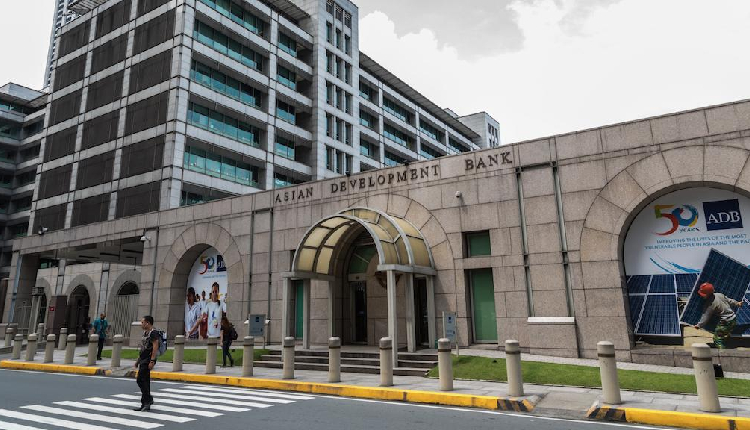The financial conditions in Emerging East Asia have improved, resulting in lower bond yields due to decreasing inflation and anticipated interest rate cuts, as per a recent report by the Asian Development Bank (ADB).
Financial markets in Emerging East Asia began to recover in July after the US Federal Reserve suggested a potential rate cut in September, as stated in the latest Asia Bond Monitor report released on Monday.
Regional currencies appreciated against the US dollar, and risk premiums narrowed. Equity markets also gained, except in the People’s Republic of China and Hong Kong, China, where weak economic performance weighed on their performance.
During the review period, Emerging East Asia’s equity market saw inflows of $7.6 billion.
The report also highlighted the growth of Emerging East Asia’s local currency bond market, which expanded 2.3 per cent to $25.1 trillion at the end of June.
Government bonds posted quarterly growth of 2.8 per cent, driven by increased issuance of treasury bonds by the PRC.
Corporate bonds also saw a 1.5 per cent quarterly expansion, primarily due to banks ramping up debt sales to meet regulatory capital requirements.
Sustainable bonds in ASEAN+3 (ASEAN, the PRC, Japan, and the ROK) reached $868.1 billion at the end of June, exhibiting strong growth of 17.4 per cent year-on-year.
This outpaced the global market growth of 17 per cent and the European market growth of 16.5 per cent. Southeast Asian economies within ASEAN+3 demonstrated the fastest quarterly growth in sustainable bond issuance.
Atribution: Asian Development Bank’s statement
Subediting: M. S. Salama


